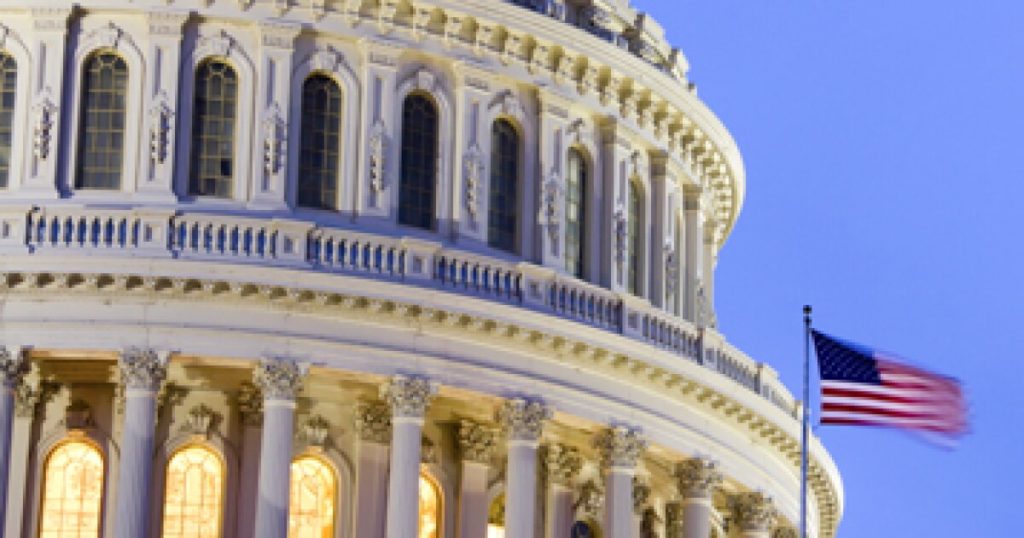fotolia
In the frenzied first months of 2025,
The Office of the Comptroller of the Currency has
These legislative proposals would force issuers to follow narrow reserve asset management standards, consisting of high-quality liquid assets. While some bank policy proponents argue for linking stablecoins to FDIC insurance, this argument labors under a number of critical flaws. The first is that payment stablecoins would be fully reserved on a one-to-one basis and would be barred from engaging in perilous asset-liability mismatches,
Current proposals go even further in ring-fencing bank-issued payment stablecoins. Banks would have to issue stablecoins from a balance sheet that looks more like a regulated stablecoin issuer, than a bank. Circumscribing payment stablecoins in this manner obviates the need for FDIC insurance. Historically many crypto firms purported to offer “pass through” FDIC insurance, prompting the
Banks also benefit from the wholesale technological upgrade taking place with open-source technologies and cutting-edge financial integrity tools that are enhancing our collective defense against illicit actors. A crucial element of good legislation is that it would create a widely competitive landscape of payment stablecoin issuers, in which banks, nonbanks and credit unions can all compete for open, fungible and economically sound circulation of money. Draft legislation delineates regulatory lanes between state and federal banking regulators, and protects the role of states as the laboratories of responsible fintech innovation — from where today’s generation of U.S. payments giants, including payment stablecoin issuers have emerged.
Bipartisan stablecoin legislation should not compete with bank policy objectives. Rather, borrowing from market developments and what prudential regulators are implementing around the world offers good guidance. The draft bills provide a clear floor of basic activities, guardrails, disclosures and other critical standards such as the
With the onset of MiCA, not only did international investors flock to Europe, including some of Europe’s largest banks, startups and payments companies alike, all proliferated regulated e-money tokens with more than 10 regulated issuers and counting. Critically for consumers and market participants, regulating stablecoins in this manner has increased payment system optionality and competition, all while enjoying a common economic, legal and regulatory structure. As Bank of America’s CEO Brian Moynihan noted in comments at the
Not only do payment stablecoins not need deposit insurance, because of their prudential qualities and bankruptcy remoteness that would be codified in law, they also do not compete with bank deposits. Rather, today’s generation of successful stablecoins have increased dollar deposits in the U.S. and global banking system, while also growing the attractiveness of U.S. Treasuries as the basis for an always-on digital dollar. In short, regulating payment stablecoins is deeply in the national interest and would promote a competitive environment in which the entire value chain, including the nation’s banks, would stand to gain.
Proposed legislative language would preclude payment stablecoin issuers from offering yield to coinholders, which is not only a measure that would protect the deposit base, it will continue to incentivize secondary market innovations with stablecoins, where their programmability, composability and fully reserved nature make them the perfect form of
An America-first regulatory regime for stablecoins would incentivize issuers to build their businesses here and make

